We are at the end of the Sixties and in the United States and Europe a new approach to art begins to take shape that tends to investigate the very nature of artistic language, its instruments and its meanings even before the production of the work-object itself, in which reflection and concept prevail over manual work and matter.
Already with the historical Avant-gardes Marcel Duchamp, with his Dadaism and his ready-made chooses already existing products to which he adds a mental process that will allow the object taken into consideration to acquire the work of art status.
Now, with the sixties, artists like Yves Klein and Piero Manzoni affirm themselves with their conceptualization together with the movements established in this period with the Body art, Arte Povera or Land art.
The conceptual art then tends to indicate the activity of those artists who have made thought and reflection the center of all their artistic research; in fact, they question the object in flesh and blood, which foresees an art market that treats it as any commodity and to this they prefer the idea that exists behind their work, their own figure and with respect to the social and cultural role in which they operate.
In Italy, meanwhile, Arte Povera was born at the end of the 1960s, at the hands of the critic Germano Celant who, with his article on “Flash Art” promoted thirteen artists united by a common language: the use of “poor” materials like earth, wood, iron, rags, plastic and industrial waste for the realization of their works.
The aim of Arte Povera will then be to bring together a certain number of artists whose study and work will revolve around the physical, energetic and metamorphic qualities of primary materials, vegetables and animals or even industrial products; their interventions, which often turn out to be real provocations, include materials taken from natural and / or artificial reality.
Within this context I discover an artist, Michelangelo Pistoletto, born in Biella in 1933, Italian painter and sculptor, animator and protagonist of this current, one of the most important Italian living artists.Two formative experiences will form what will then be the poetics of his art; since childhood, we are in 1947, he took his first steps in the art world attending his father’s restoration studio where he learned the basics of drawing and painting and the most recent restoration techniques and attention to detail. Subsequently he will attend the advertising school of Armando Testa, from whom he takes the ability to transmit a profound thought with a single image and immediately.Reflective surfaces (especially polished stainless steel plates) or “mirror paintings” made between 1961 and 1962 begin to mark Pistoletto as “the man of the mirrors”; works that are born as real-size photographic images on tissue paper on a reflective surface and brushed over, so as to give the viewer the moment he observes them and the possibility of being an active part of artistic creation is reflected.
“The works I do are […] objects through which I get rid of something – they are not constructions but liberations – I do not consider them objects in more but objects in less, in the sense that they carry with them a perceptive experience definitively externalized ” (Carlos Basualdo, Texts by Michelangelo Pistoletto, in Michelangelo Pistoletto. Da uno a molti. 1956-1974, Electa, 2011, p. 344.)
In 1967, however, Pistoletto gave life to a desecrating work in which the artist placed an immortal icon of classical art in front of a heap of worn clothing, the Venus of rags, at the Tate Modern in London, of which there are three later versions: Di Bernardo collection, Giuliana and Tommaso Setari collection, former Galerie Tanit collection of Monaco and the first, owned by the artist, kept in the Pistoletto Foundation in Biella.
In 1998 Pistoletto created “Cittadellarte” in Biella, an immense creative laboratory, a factory of ideas and projects designed to achieve the goal of connecting contemporary art, more specifically public art, relational art and the artist himself with all the areas that make up society, to positively influence the social and intercultural evolutions and transformations in progress, which involves young artists in every field of creativity (music, fashion, design, theater, etc.).
In 2003 a new phase of Pistoletto’s artistic research was born, entitled Terzo Paradiso, a collective work, of which he wrote the manifesto and designed the symbol consisting of two contiguous circles at the ends of another central circle, a reworking of the mathematical sign of Infinity. “The Third Paradise project consists in leading the artifice, ie science, technology, art, culture and politics, to restore life to the Earth. Third Paradise means the passage to a new level of planetary civilization, indispensable for ensuring the survival of mankind. The Third Paradise is the new myth that leads everyone to take on a personal responsibility in this epochal situation. With the New Infinity Sign three circles are drawn: the central one represents the generative womb of the Third Paradise. [1] » (Michelangelo Pistoletto)
After this brief painting in which we know Pistoletto, I cannot fail to comment on Pistoletto’s arrival in Catania; as soon as I become aware of the fact that at the Academy of Fine Arts in Catania (where I play the role of culminator for the subject History of contemporary art) the “master” will arrive. Michelangelo Pistoletto remains perplexed and amazed, not because the Academy of Catania has never given birth to other events of relevance and caliber, but because as I wrote we are talking about the greatest contemporary living Italian artis. We talk about contemporary art that will come in small steps along a lecture hall, invaded by students, and that as soon as they start talking I’m already sure will leave everyone speechless.
On 7 June, in fact, a lectio magistralis was held in an interview mode on the Terzo Paradiso project in which the master intervened and the day also included the conferral of the Honoris Causa Academic Diploma in Visual Arts. The great hall is full and celebrating with the enthusiasm of the students intent on dialoguing with the teacher, answering every question with enthusiasm.
The following day, June 8, instead, at the Molo Levante of the Port of Catania the installation event, ‘La Plastica e il Mare’, is opened to the public, 30 meters by 12 set up on a floating pontoon and built by the citizens who collected the plastic from the sea to face the pollution of the Mediterranean, an initiative of the ancient Mediterranean Oelle Foundation, chaired by Ornella Laneri (moreover Michelangelo Pistoletto and the values of environmental protection will be honored with an exhibition in progress until 15 July at fON Art Gallery of the ancient Mediterranean Oelle Foundation, at the Four Points by Sheraton Catania, Aci Castello); a collective work, which will be illuminated at night with lights powered by solar energy, which combines the commitment to the environment with contemporary art for a Mediterranean to be valued and defended: 2,000 kg of plastic and over 500 hours of work carried out from citizens, operators of the territory, and teaching students of the School of Scenography of the Academy of Fine Arts in Catania.An artistic intervention at the base of which is the awareness and protection of nature and the sea and which has communicated the importance of how much it is necessary to take care today of that precious resource that is the environment thanks to a collective artistic intervention.
Catania thanks the master!
The Third Paradise will be exposed to the public in the port of Catania until 15 July 2019; at the end of the event disposal and recycling will be started by the competent operators for waste disposal in the port.
 Joseph Kosuth, One and three chairs, 1965
Joseph Kosuth, One and three chairs, 1965
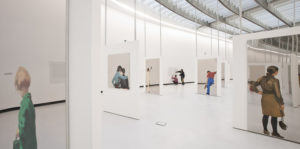 Works by Michelangelo Pistoletto realized with mirror-polished stainless steel plates in which the static nature of the characters or objects in the foreground contrasts with the dynamism of the real world which, reflecting itself, becomes part of it.
Works by Michelangelo Pistoletto realized with mirror-polished stainless steel plates in which the static nature of the characters or objects in the foreground contrasts with the dynamism of the real world which, reflecting itself, becomes part of it.
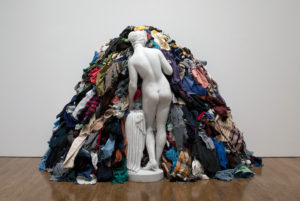 Michelangelo Pistoletto, Venere degli stracci, 1967
Michelangelo Pistoletto, Venere degli stracci, 1967
 Michelangelo Pistoletto receives the Honoris Causa Academic Diploma in Visual Arts at the Catania Academy of Fine Arts. Photo by Tiziana Blanco
Michelangelo Pistoletto receives the Honoris Causa Academic Diploma in Visual Arts at the Catania Academy of Fine Arts. Photo by Tiziana Blanco
 Michelangelo Pistoletto receives the Honoris Causa Academic Diploma in Visual Arts at the Catania Academy of Fine Arts. Photo by Tiziana Blanco
Michelangelo Pistoletto receives the Honoris Causa Academic Diploma in Visual Arts at the Catania Academy of Fine Arts. Photo by Tiziana Blanco
 Michelangelo Pistoletto, La Plastica e il Mare, view of the installation at the Molo Levante in the Port of Catania. Photo by Tiziana Blanco
Michelangelo Pistoletto, La Plastica e il Mare, view of the installation at the Molo Levante in the Port of Catania. Photo by Tiziana Blanco
 Michelangelo Pistoletto, La Plastica e il Mare, view of the installation at the Molo Levante in the Port of Catania. Photo by Tiziana Blanco
Michelangelo Pistoletto, La Plastica e il Mare, view of the installation at the Molo Levante in the Port of Catania. Photo by Tiziana Blanco
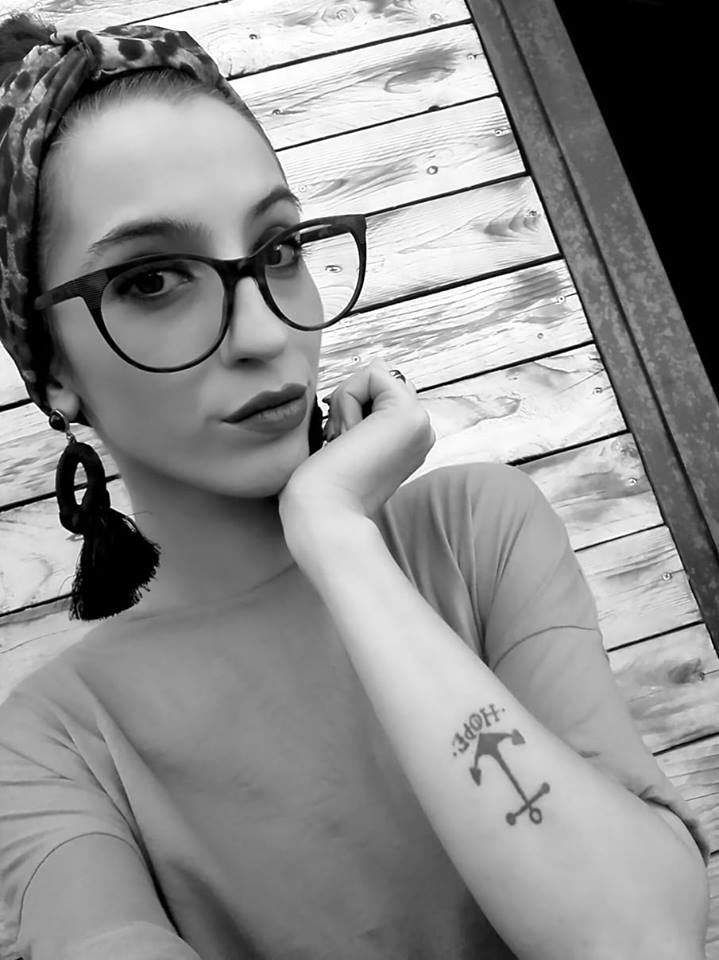
Graduate in Communication and enhancement of the historical artistic heritage and specialized in artistic design for the company, works in close contact with contemporary art, making this the key to reading for every work approach to which you moves. Art is life the motto around which her work / artistic experience revolves.


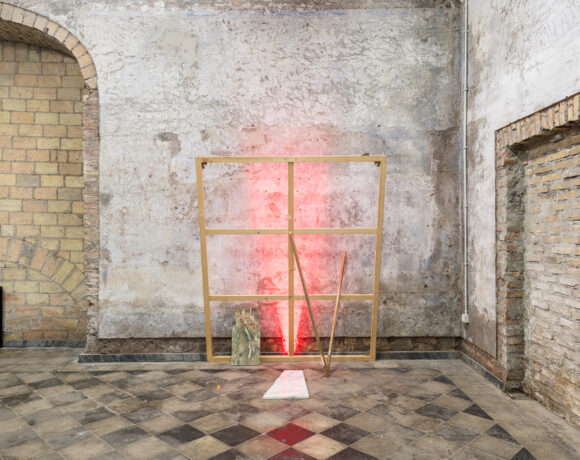
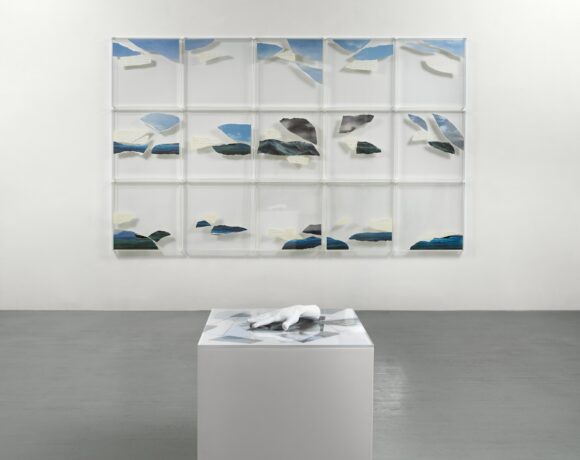
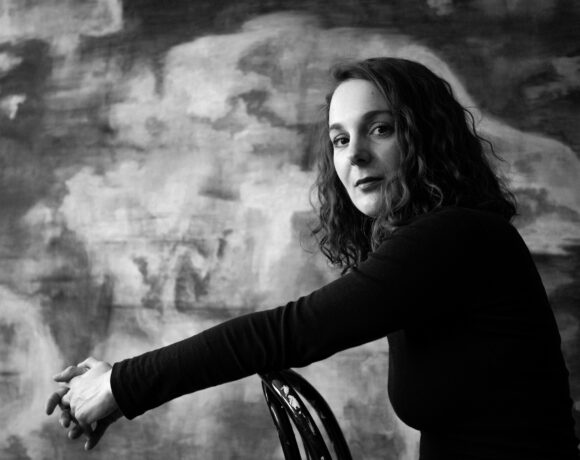

NO COMMENT